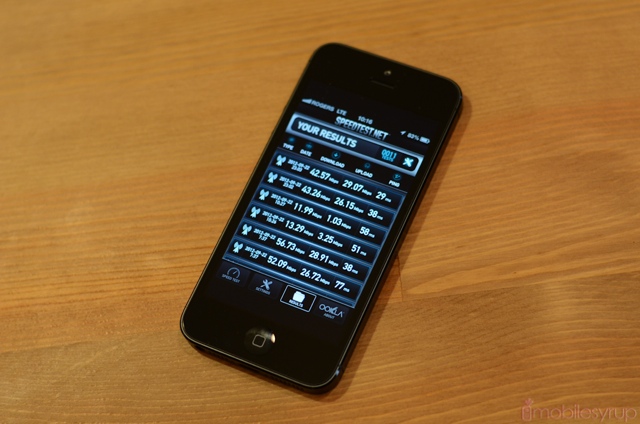
According to a representative at a Swiss carrier, Swisscom, Apple has a series of LTE tests it must perform on a given network to ensure that its iPhone 5 runs properly. If the phone does not run up to the company’s standards, it will not be allowed to gain access to the LTE baseband on the phone.
Usually it is the carriers testing the phones themselves to ensure optimal performance, but the Swisscom representative, according to a Telecoms.com investigation said, “Apple only enables 4G access after testing their device on an operator’s live network.” This allows Apple to dictate exactly what its phones can do on the network, and puts the manufacturer, not the carrier, in the driver’s seat.
While Apple is in a unique position to do this, since it creates one phone per year and markets it across the world to hundreds of carriers, it speaks to the amount of behind-the-scenes influence that the company has. Apple largely controls the type of marketing a carrier can do, and limits the way that the iPhone can be cross-promoted with other products. In other words, Apple tries to tweak its phone to ensure the best performance on each carrier, but also ensures optimal placement within carriers’ retail stores and on websites.
This particular scenario speaks to the phone’s performance on the networks that we’ve tested, too. The iPhone 5 is often able to outperform many Android devices on the same LTE network, and Apple can push out OTA updates to ensure optimal network speed and carrier utilization.
Source: Telecoms.com
MobileSyrup may earn a commission from purchases made via our links, which helps fund the journalism we provide free on our website. These links do not influence our editorial content. Support us here.


